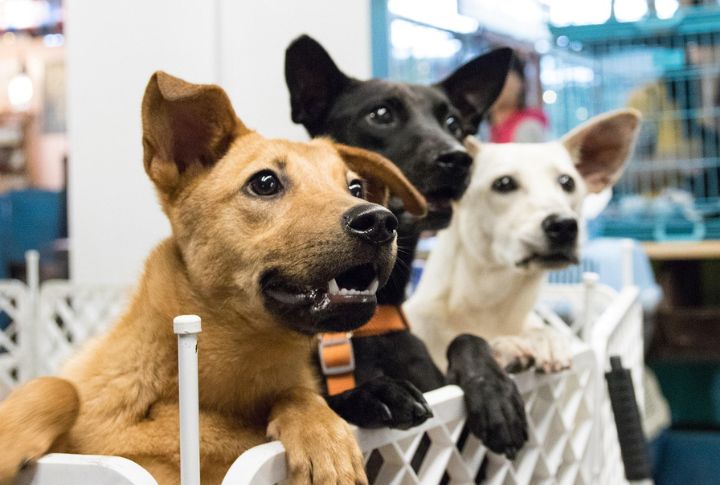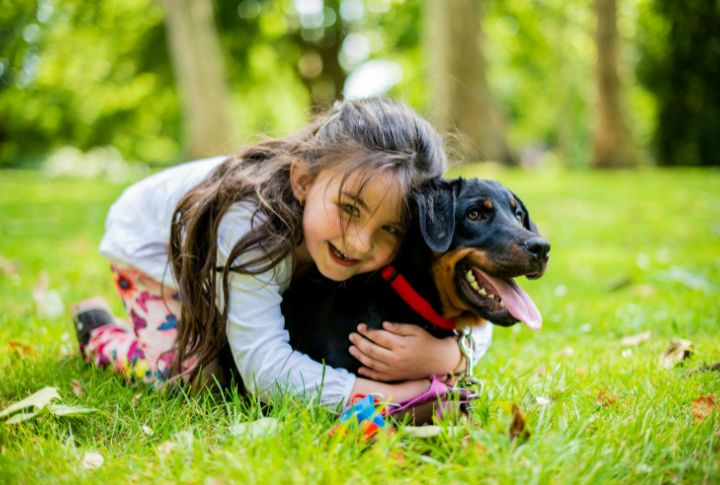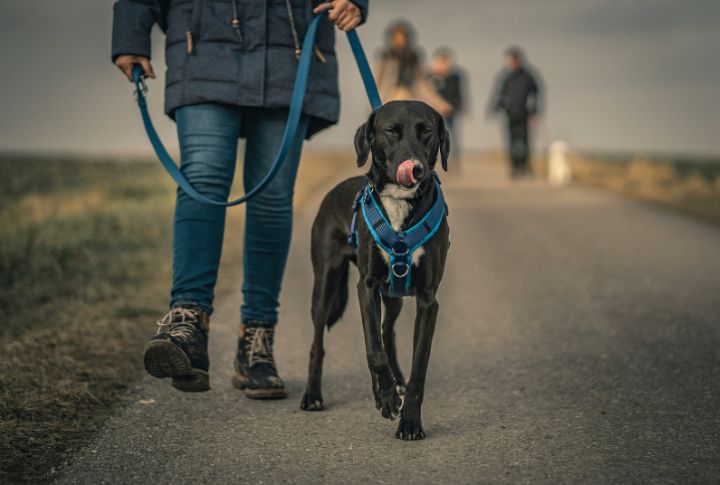10 Ways To Learn About A Shelter Dog’s Behavior And Needs

Shelter dogs have unique stories, and their behavior can reveal more than you might expect. Some signals are obvious, while others take time to understand. Paying attention to small details can help you connect with them on a deeper level. Here’s how to learn more about their needs and personalities.
First Impressions

Dogs in shelters often behave differently than they would at home. Anxiety, excitement, or past experiences can shape their initial reactions. Studies show that most shelter dogs begin adjusting within weeks, but their true personalities emerge over time. Observing their behavior in different situations helps reveal what they need to feel safe and comfortable.
Noise Sensitivity

Sudden movements and shelter commotion can make them appear more anxious than they truly are. However, some dogs are genuinely sensitive to noise, which could indicate challenges in homes with children or high activity levels. Noise phobia can develop over time if not managed properly, so early exposure and desensitization training are key.
Play Style

A dog’s natural inclination toward gentle play or roughhousing speaks volumes about its personality. If they don’t initiate play, they might be undersocialized or cautious. However, play behavior should be observed in different settings and environments, as some dogs take time to feel safe enough to engage fully with new people.
Eating Habits

Some dogs scarf down their food, while others nibble slowly or even ignore their meals entirely. Rapid eating can indicate food insecurity, often seen in strays, while picky eating may be a sign of anxiety. Shelter stress can also temporarily affect eating habits. It’s important to monitor your dog’s eating patterns over several days before jumping to conclusions.
Sleep Patterns

A shelter dog that sleeps lightly or startles easily may be showing signs of past trauma. Confident dogs, on the other hand, are more likely to nap peacefully, even in noisy surroundings. Most adult dogs sleep around 12–14 hours a day, though stress can reduce this. Even shelter dogs usually start to rest more comfortably after a few days, provided the environment is calm and secure.
Reaction To Leash

A shelter dog’s reaction to a leash can reveal a lot about their past experiences or lack of training. Dogs with no leash experience may hesitate at first, while those who’ve been trained typically walk with ease. As they adjust to their new environment, their leash behavior will likely improve. Offering comforting words and positive reinforcement can help them feel more at ease.
Waiting Behavior

Patience can vary greatly among shelter dogs. Some may whine or pace when asked to wait, signaling possible separation anxiety or impulse control issues, while others remain calm. A simple waiting test can provide insight into their patience and previous training. If the behavior doesn’t improve, it may be helpful to consult a behaviorist for guidance.
Response To Handling

Not all dogs love belly rubs, but their reaction to a sudden pat on the back or a gentle ear scratch can reveal a lot. Dogs that tense up or move away may have trust issues. It’s important to observe how they respond to vet handling as well. Remember, dogs have personal boundaries, and respecting them is key to building trust.
Adaptability To Change

Puppies who explore confidently are often quicker to settle in at home, but hesitant pups can still thrive with structured introductions and patience. Some may struggle with transitions, while others adapt easily. Try taking them to a new room or introducing a novel toy—linking new experiences with affection helps build trust and ease their transition.
Shelter Staff Insights

Shelter staff, trained in behavior assessment, closely observe them to identify patterns adopters will miss. A canine that seems reserved might have a silly streak during night walks. Others who appear calm might bark non-stop when left alone. Staff insights often reveal a dog’s preferences with diet and even triggers that may make them anxious.





